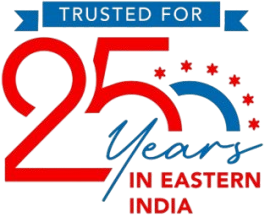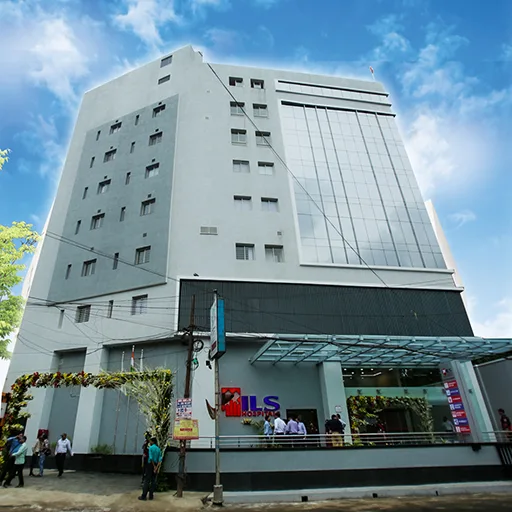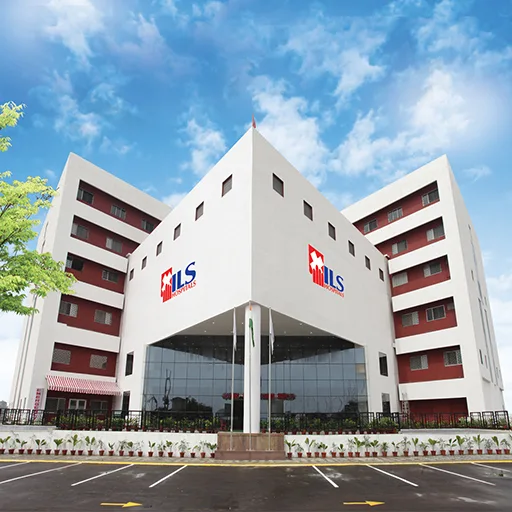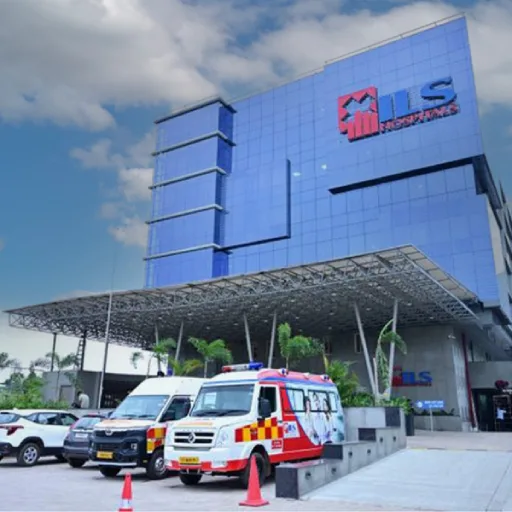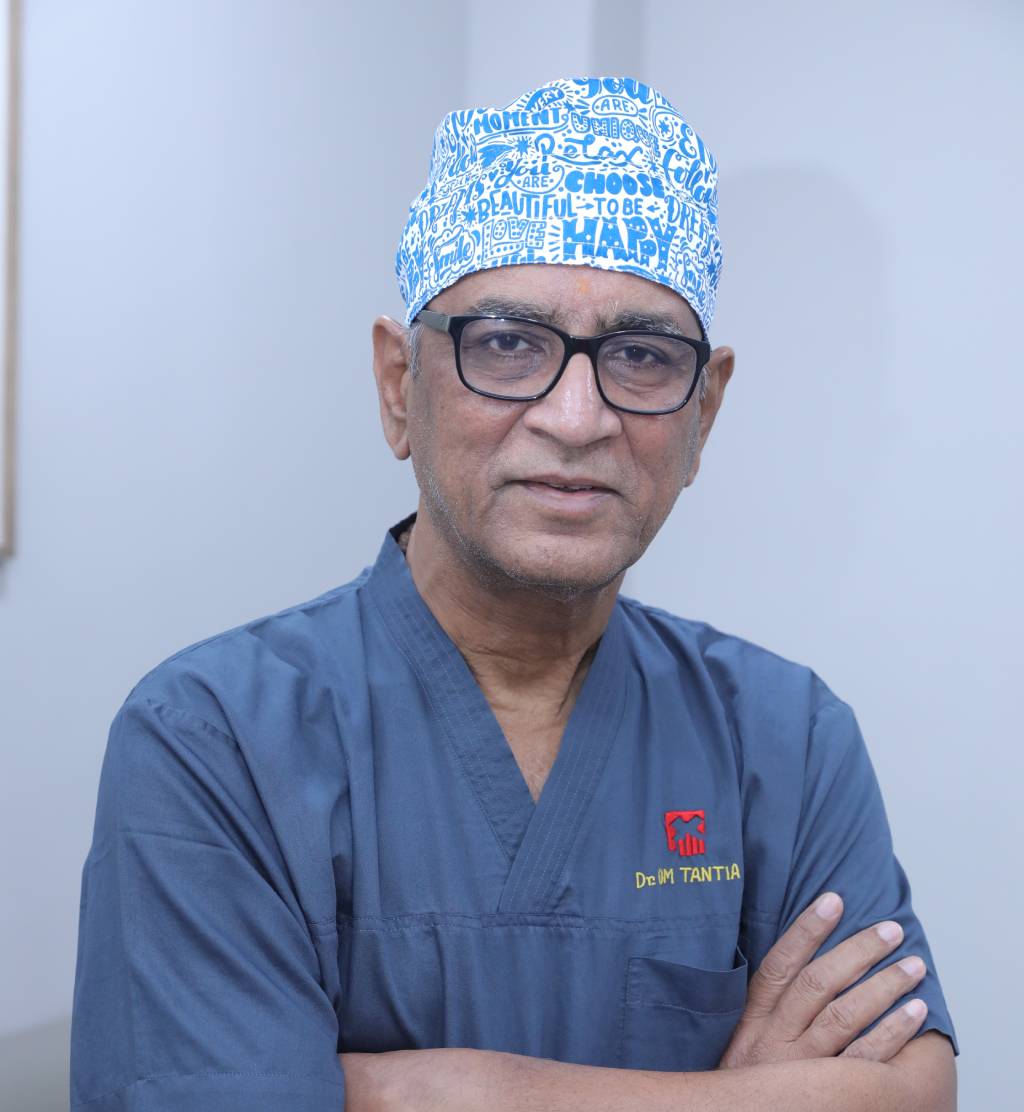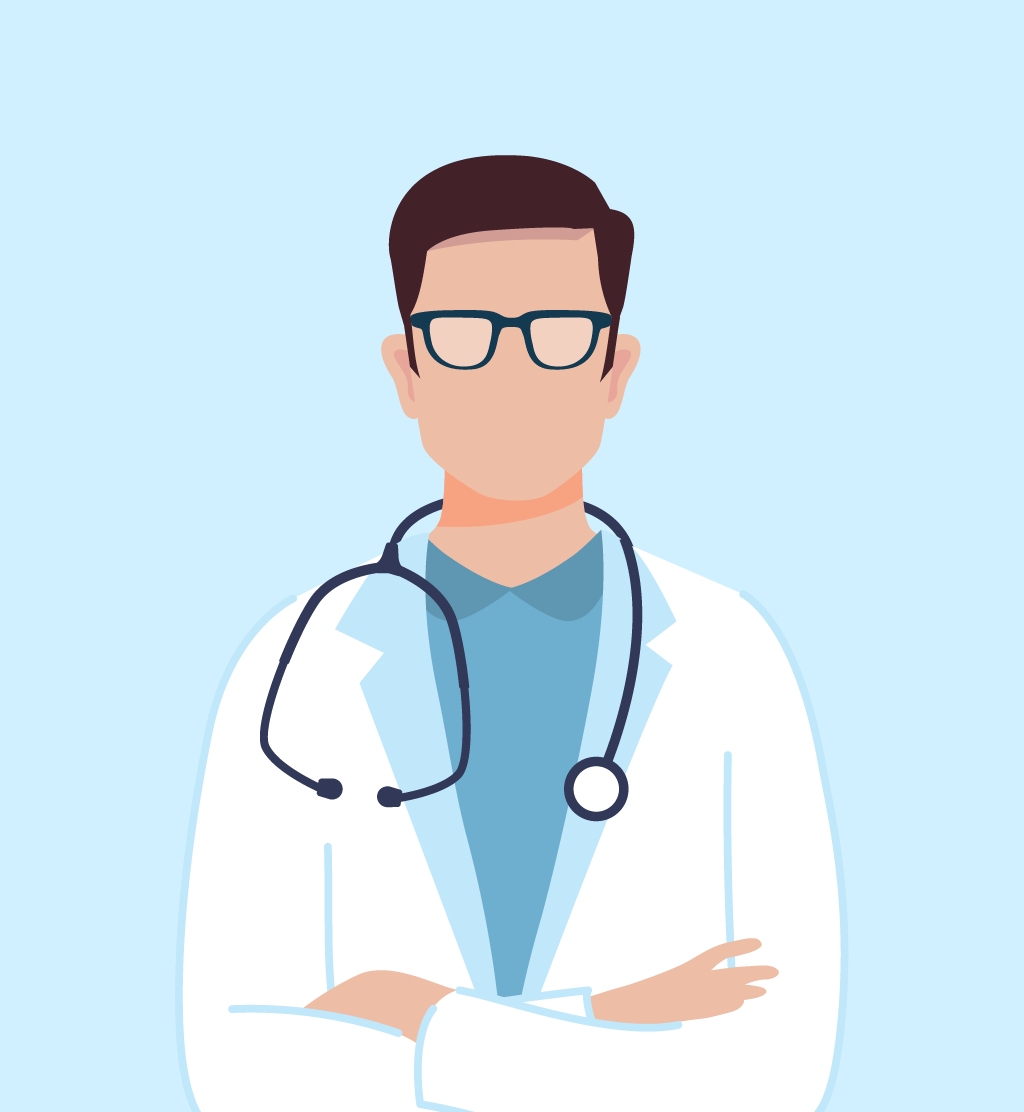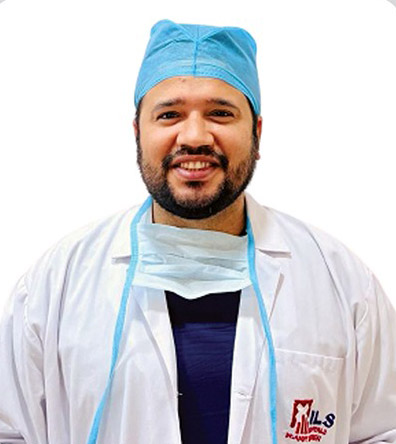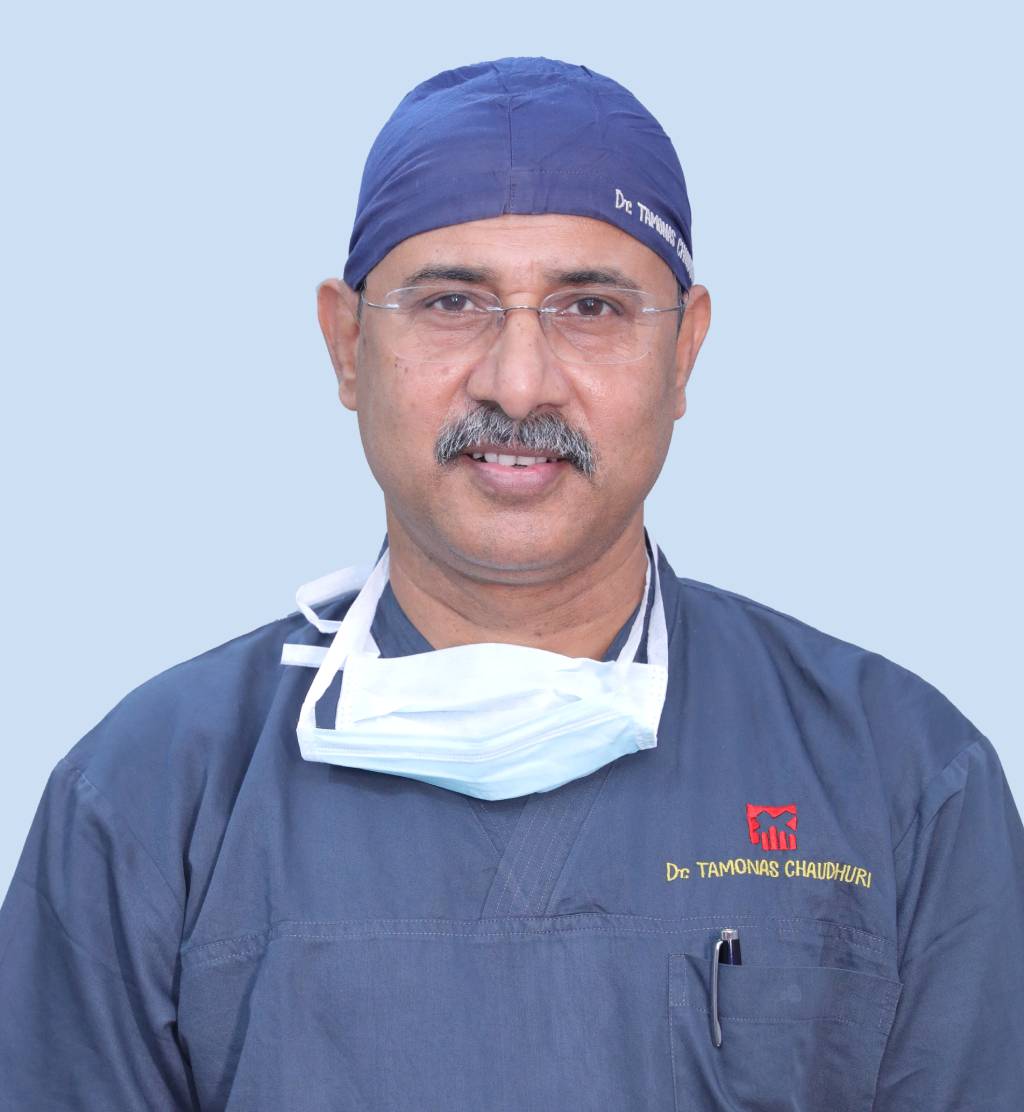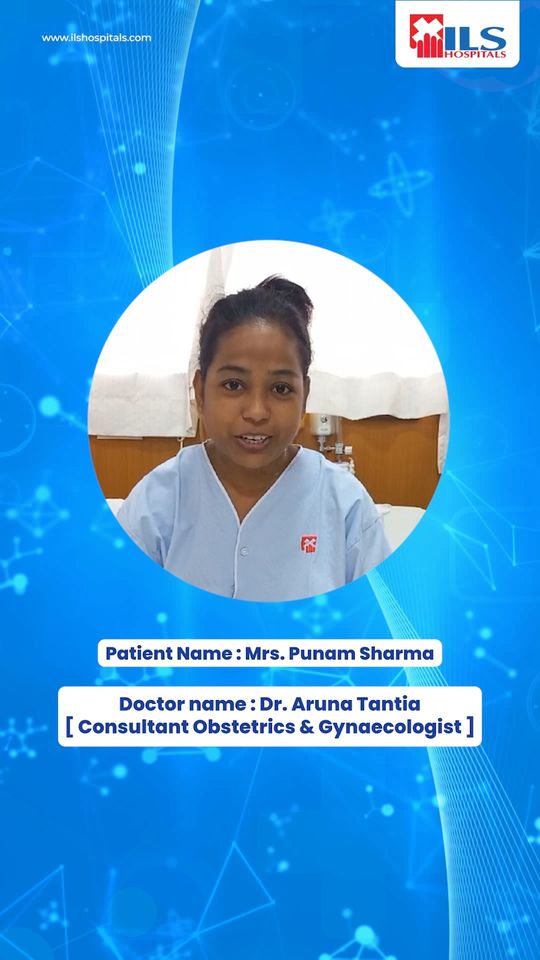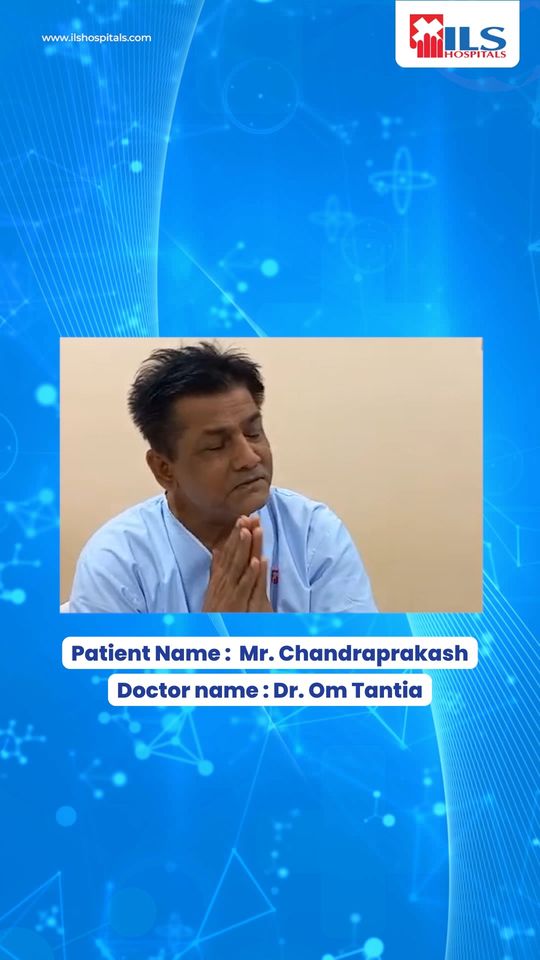Rediscover Comfort: Guide to Gallbladder Stone Surgery at ILS Hospitals
Introduction
Gallbladder stone surgery, known as cholecystectomy, is a medical procedure performed to remove the gallbladder. This procedure is typically recommended when a patient is experiencing issues related to gallstones, which are hardened deposits that form in the gallbladder. Gallstones can cause severe pain, inflammation, infections, or blockage of the bile ducts, warranting the need for a cholecystectomy.
Types of Gallbladder Stone Surgery
- Laparoscopic Cholecystectomy: This is the most common and minimally invasive type of gallbladder removal surgery. It involves making small incisions in the abdomen to insert a laparoscope (a thin, lighted tube) and surgical instruments to remove the gallbladder.
- Open Cholecystectomy: In this procedure, a larger incision is made in the abdomen to remove the gallbladder. This approach is used in rare cases where laparoscopy is not feasible.
- Robotic Cholecystectomy: This is a minimally invasive surgery that utilizes robotic arms for gallbladder removal. It provides greater precision and control compared to traditional laparoscopic surgery, resulting in less pain and faster recovery.
- Endoscopic Treatment: This treatment employs an endoscope to remove gallstones from the bile ducts.
Pre-surgery Instructions for Cholecystectomy
To ensure the successful completion of the surgery, it is crucial to follow these instructions:
- Inform your doctor about all your medical conditions and medications you are currently taking.
- Stop taking blood-thinning medications, herbal supplements, or any other medications as advised by the doctor.
- Avoid consuming anything for at least 8 hours before the surgery.
- Take a shower or bath before coming to the hospital.
- Wear comfortable clothes and remove any jewelry or accessories.
Post-surgery Instructions for Cholecystectomy
Following gallbladder surgery, adhere to these instructions to prevent complications:
- Follow the doctor’s prescribed medication regimen and take antibiotics as prescribed.
- Keep the wound clean and dry. Refrain from touching the incision site.
- Avoid strenuous activities for at least a week after surgery.
- Gradually resume a normal diet, starting with clear liquids and progressing to solid foods.
- Drink plenty of fluids to avoid dehydration.
Diet after Gallbladder Stone Surgery
After gallbladder stone surgery, a specific diet plan is essential. Initially, stick to a clear liquid diet, followed by a full liquid diet. As you recover, gradually introduce soft, low-fat foods like boiled eggs, mashed potatoes, and steamed vegetables. Avoid fatty, fried, and spicy foods, as they can cause discomfort and digestive problems. Also, avoid alcohol and caffeine for a few weeks after surgery.
Risks of Gallbladder Surgery
While gallbladder surgery is generally safe, there are risks involved, including bleeding, infection, damage to nearby organs, and anaesthesia-related problems. However, these risks are relatively low, and most people recover from surgery without any major issues.
When to See a Doctor
Consult a doctor if you experience severe abdominal pain, fever, or jaundice (yellowing of the skin and eyes) after gallbladder surgery. Additionally, seek medical attention if you face ongoing digestive problems like diarrhoea, nausea, or vomiting.
Frequently Asked Questions
Is gallbladder surgery a major surgery?
Gallbladder surgery, or cholecystectomy, is considered a major surgery involving the removal of the gallbladder. The surgery can be done laparoscopically, through an open procedure, or using robotic surgery.
How long does it take to recover from gallbladder surgery?
Recovery time varies, but most people can expect to return to normal activities within a few weeks. After laparoscopic surgery, individuals can usually go home the same day or the day after and return to work within a week or two.
What are the side effects of having your gallbladder removed?
The most common side effect is diarrhoea due to continuous bile flow into the intestines. Some may experience mild digestive issues like bloating, gas, or stomach pain. In rare cases, more serious complications like bleeding or bile duct injury can occur.
What are the first signs of an unhealthy gallbladder?
Initial signs of an unhealthy gallbladder include abdominal pain after fatty meals, especially in the upper right side, which may radiate to the back or right shoulder blade.
What should I not eat without a gallbladder?
After gallbladder surgery, avoid high-fat, greasy, or fried foods, as these can trigger digestive symptoms like diarrhoea or bloating.
